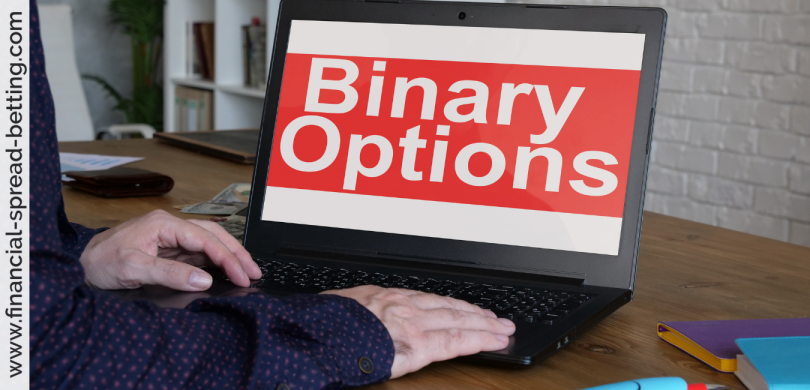Spread Betting
The UK has a long tradition of betting, and winnings are tax-free. The US does not have the same regulations, which is why spread betting is not found in America. Financial spread betting came about in England in the 1970s when a sports bookmaker started taking bets on the direction of market indices. You can place a bet on the FTSE index for instance, choosing say ₤5 per point, and you will be paid out by however much it goes above the broker’s buy price. The broker makes his profit from quoting you a separate buy price and sell price, so the index has to move a certain amount before you will gain.
Incidentally, one of the great benefits of spread betting is that a trader can start with a relatively modest account size. Because of the large size of most futures contracts, trading futures with a futures broker requires a minimum account size of £10-15,000 in order to hold 3 or 4 positions with a margin of safety. With spread betting, accounts as small as £1,000 can be operated quite profitably. We shall look at this aspect later.
Spread betting is very similar to contracts for difference, though a spread bet is more of an individual’s decision as financial advisors are not allowed to advise on betting, whereas they are permitted to give advice on CFDs.
Binary Options
Perhaps the simplest of trading instruments, binary options either payout (usually $100) or they don’t, depending whether the underlying goes up or down in price. They can be traded on hourly values, or with an expiry date several days hence. They are another recent invention, very recent for the US where they only became available in the middle of 2008, and are known as fixed return options on the American Stock Exchange.
They are really nothing more than a bet on which way the price of the underlying will go. The underlying may be several different things, such as stocks, indices, or foreign currency. All you do is choose up or down, and a date and time, and wait to see if you were right. It does not matter how much the price increases or decreases, the payout is fixed.
Quick Trading Tip
Remember that Learning to trade is a marathon, not a sprint..
Also, before investing any real money you must learn to paper-trade. This is how you practice and learn to trade without any real risk.
If you can’t make money ‘on paper’; you won’t make it with real money either. Also, don’t trade with more money than you can afford to lose. Assume you will lose it all. If you can’t live with that, then don’t trade.
Again, I want to stress that you must first learn to paper-trade. You can practice trading on paper without risking a penny. You can paper-trade for weeks or even months – until you feel comfortable with the techniques explained.
After you feel confident that you really know what you are doing, you can then starting putting some real money in the market.
Trust me on this, as I speak from experience!
I won’t sugarcoat anything and I’ll tell you right now that you can lose your shirt, your pants, your socks and your shoes, and no one but you will care.

